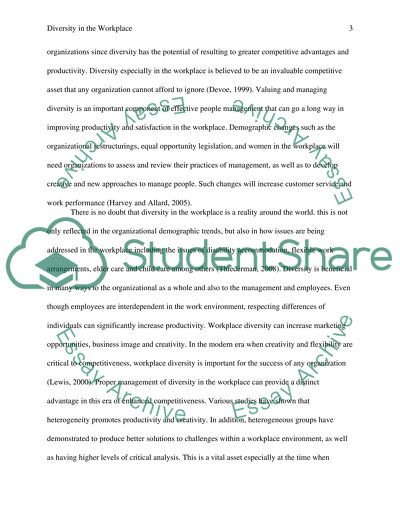Cite this document
(Diversity in the Workplace Coursework Example | Topics and Well Written Essays - 1500 words, n.d.)
Diversity in the Workplace Coursework Example | Topics and Well Written Essays - 1500 words. Retrieved from https://studentshare.org/human-resources/1487748-diversity-in-the-workplace
Diversity in the Workplace Coursework Example | Topics and Well Written Essays - 1500 words. Retrieved from https://studentshare.org/human-resources/1487748-diversity-in-the-workplace
(Diversity in the Workplace Coursework Example | Topics and Well Written Essays - 1500 Words)
Diversity in the Workplace Coursework Example | Topics and Well Written Essays - 1500 Words. https://studentshare.org/human-resources/1487748-diversity-in-the-workplace.
Diversity in the Workplace Coursework Example | Topics and Well Written Essays - 1500 Words. https://studentshare.org/human-resources/1487748-diversity-in-the-workplace.
“Diversity in the Workplace Coursework Example | Topics and Well Written Essays - 1500 Words”, n.d. https://studentshare.org/human-resources/1487748-diversity-in-the-workplace.


